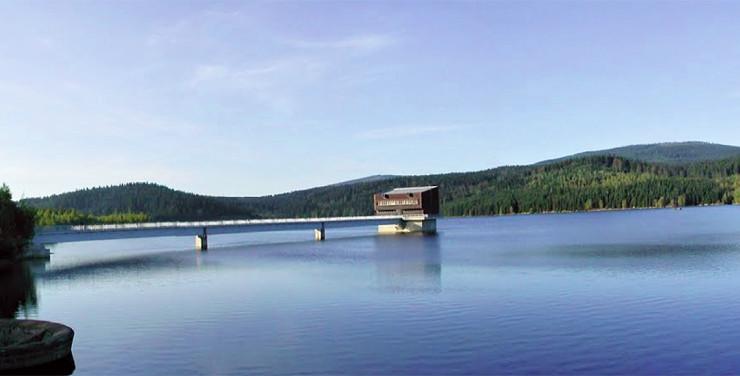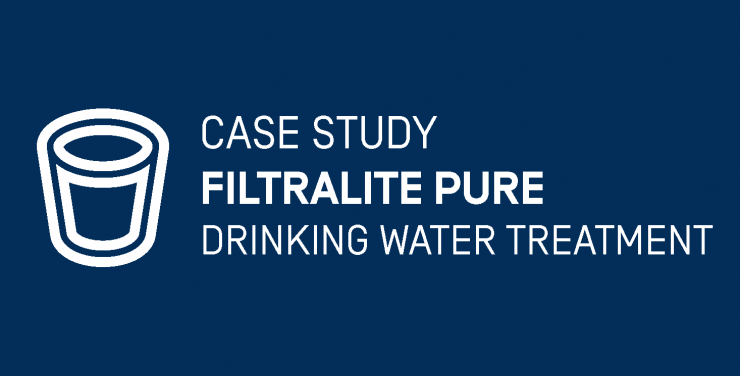Bedrichov(CZ) Drinking Water Treatment Plant
Ladislav Rainis Regional Manager of The North Bohemian Water Company
By replacing the sand in the filters with Filtralite® Pure Mono-Multi, Bedrichov Drinking Water Treatment Plant reduced its energy cost by 75 %, doubled the production capacity of each filter and today delivers the best drinking water ever.
Time is running out
The use of sand for water filtering is most likely the oldest method in history for treating water for consumption. Sand is still today widely used in water purification plants throughout the world, mainly because of its availability. A few alternatives to sand have nevertheless been developed.
Now time seems to be running out for sand as a filtering medium in modern processes. The main disadvantage of sand is the large amount of energy required for daily backwashing, increasing the operating costs. Sand also has problems keeping up with modern efficiency and does not efficiently filter out microscopic particles, like small cyanobacteria, which today represent a threat to public water quality and has been related to public health issues.
Constraints when filtering through sand
“When you filter by sand, the network of sand grains traps and holds back the particles. The water passes through the voids formed between the grains. Since the sand grains are uniform in size, these “openings” are identical throughout the filter. However, the particles you want to filter differ greatly in size, leading to frequent clogging of sand filters, and a need for very frequent backwashing,” explains Petr Dolejs, professor at Brno University of Technology, who has been responsible for the pilot tests leading to the new filtering material at Bedrichov. Backwashing requires a lot of energy and important volumes of filtered water.
Filtralite®: an open filter media
Filtralite filter media is a modern product, made from expanded clay, developed especially for water filtering purposes. It works by a slightly different principle than sand. Filtralite Pure Mono-Multi has been installed at Bedrichov : the two Filtralite products have particle sizes of 0,8-1,6 mm (HC) and 1,5-2,5 mm (NC).
Filtralite products can be characterized as small hard pieces of open sponge, full of internal pores of different sizes. As the water passes through the filtering bed, the particles are trapped in the pouches of the Filtralite aggregates. The water is also free to pass right through the particle body itself, making clogging almost impossible.
Thanks to its porous structure, Filtralite filter media is therefore a more open filtering medium, with extra large room for storing particles.

